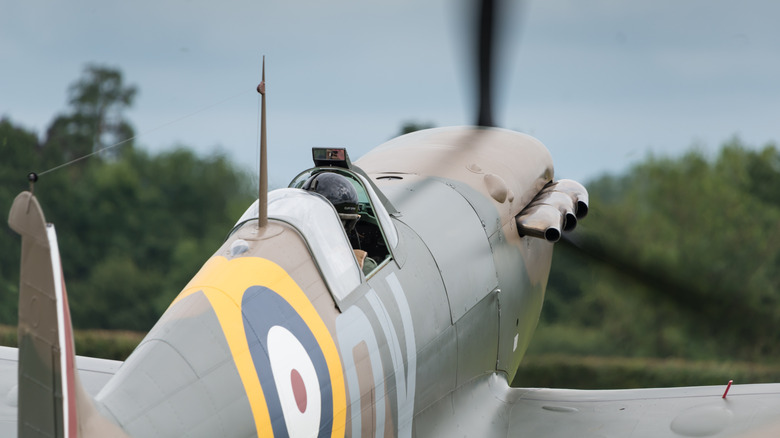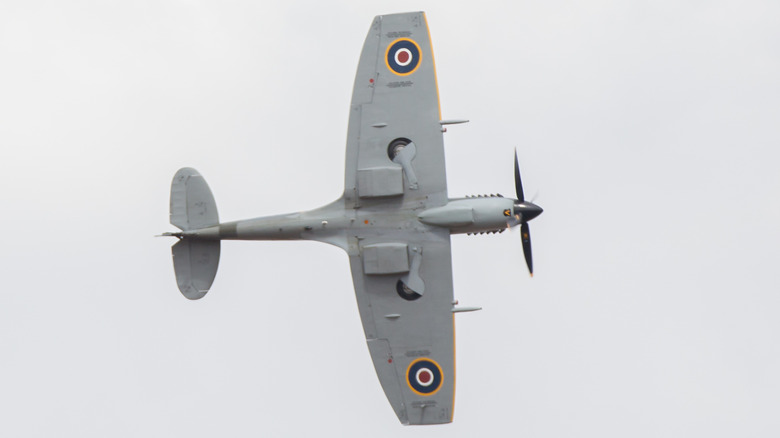Why Did Some Spitfire Planes Have Clipped Wings?
The Supermarine Spitfire is undoubtedly one of the top fighter aircraft of World War II. The Spitfire was based on a series of seaplanes designed by RJ Mitchell to take part in the Schneider Trophy air races that ran during the 1920s and 1930s. From this template, Supermarine developed the Spitfire as we know it today, with the first example entering service with the Royal Air Force (RAF) on August 4, 1938. This was timely, allowing it to play its famous part in protecting Britain's skies during the Battle of Britain. The fighter remained in production until 1948, by which point over 20,000 had been built.
However, as with any war machine, there was a continual evolution of the design. In total, 24 versions of the Spitfire took to the air. The improvements included more powerful engines, improved armaments, and changes in the wing shape. The Spitfire's original elliptical wing shape was one of its most recognizable features, but come the 1940s and the introduction of the Focke-Wulf Fw 190, the Spitfire began losing its edge over the competition. Clipping the Spitfire's wings was one way the Spitfire's designers tried to combat this. By shortening the wings, the fighter had a better roll rate, was faster, and pilots had a better view of what was going on around them.
Clipped wings helped the Spitfire
The original Spitfire's wing, with its instantly recognizable elliptical shape, was designed that way for good reason. The shape of the wing was an early way of breaking up the trailing vortices that concentrate on the wing tips of an aircraft. This reduced aerodynamic drag by spreading the lift across the span of the wing (the winglets on modern aircraft perform a similar task). However, the elliptical design did have a detrimental effect on the Spitfire's performance. When the Focke-Wulf Fw 190 arrived on the scene, it outperformed the Spitfire in almost every aspect. Luckily, a quick way to claw back some of this advantage was to remove the wingtips of the Spitfire. The elliptical end piece of the wing was just riveted on, so changing the design was as easy as simply not installing it in the first place.
Although removing the wing tip made the Spitfire less agile in a tight turn, it did allow the fighter to roll a lot quicker, which was crucial during dogfights. There were a couple of other advantages to clipped wings: Tests of the time showed that clipped-wing Spitfires were slightly faster and had better acceleration than the unmodified models. From a purist's point of view, the original full-winged Spitfire is still one of aviation's most revered sights. However, while they did impact its looks, the clipped wings weren't enough to turn the Spitfire into one of the worst-looking planes ever.

